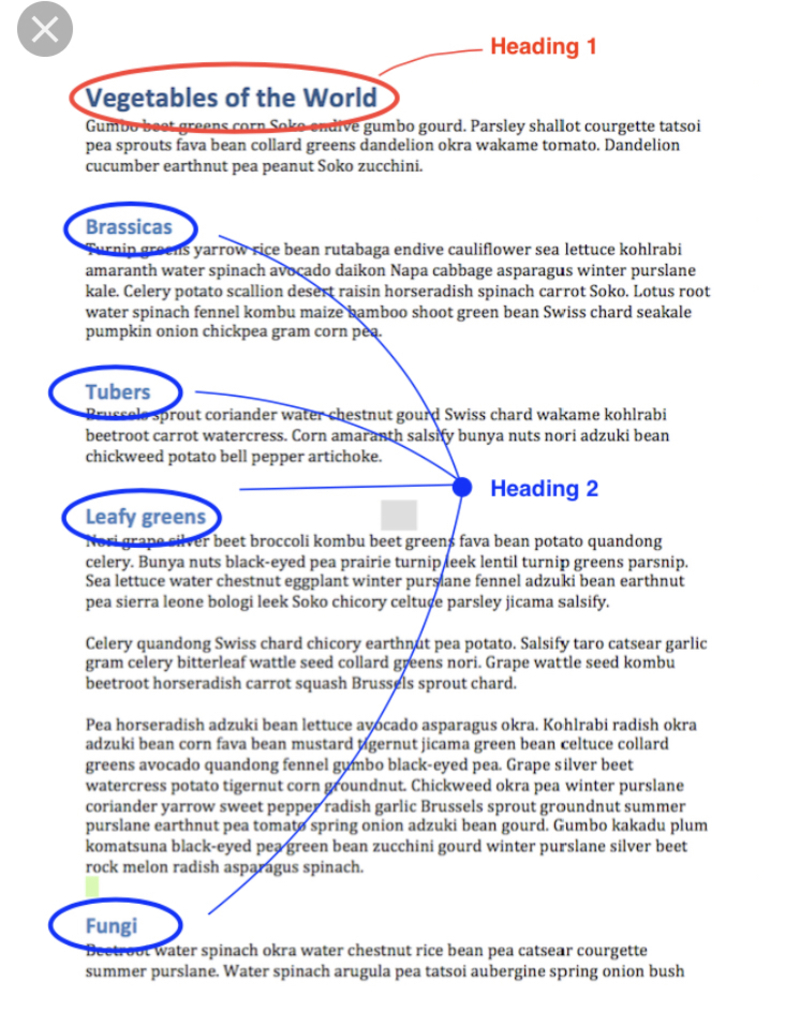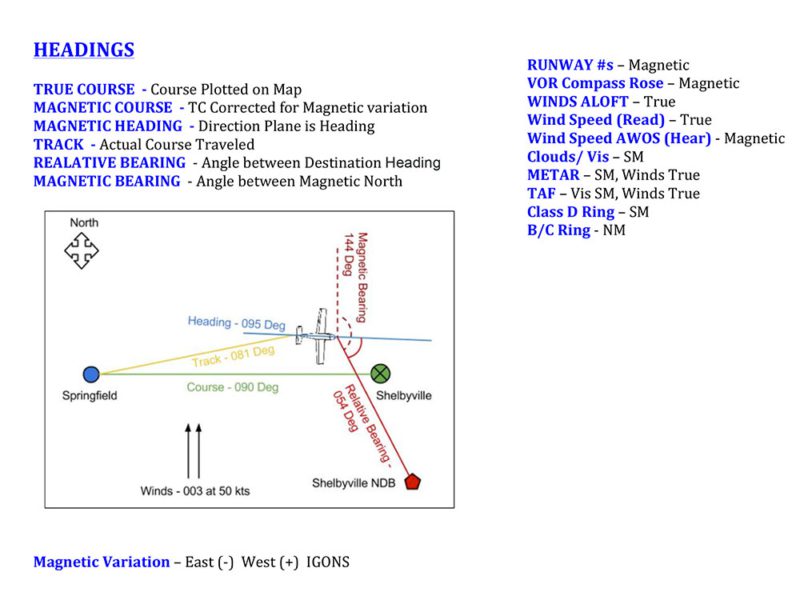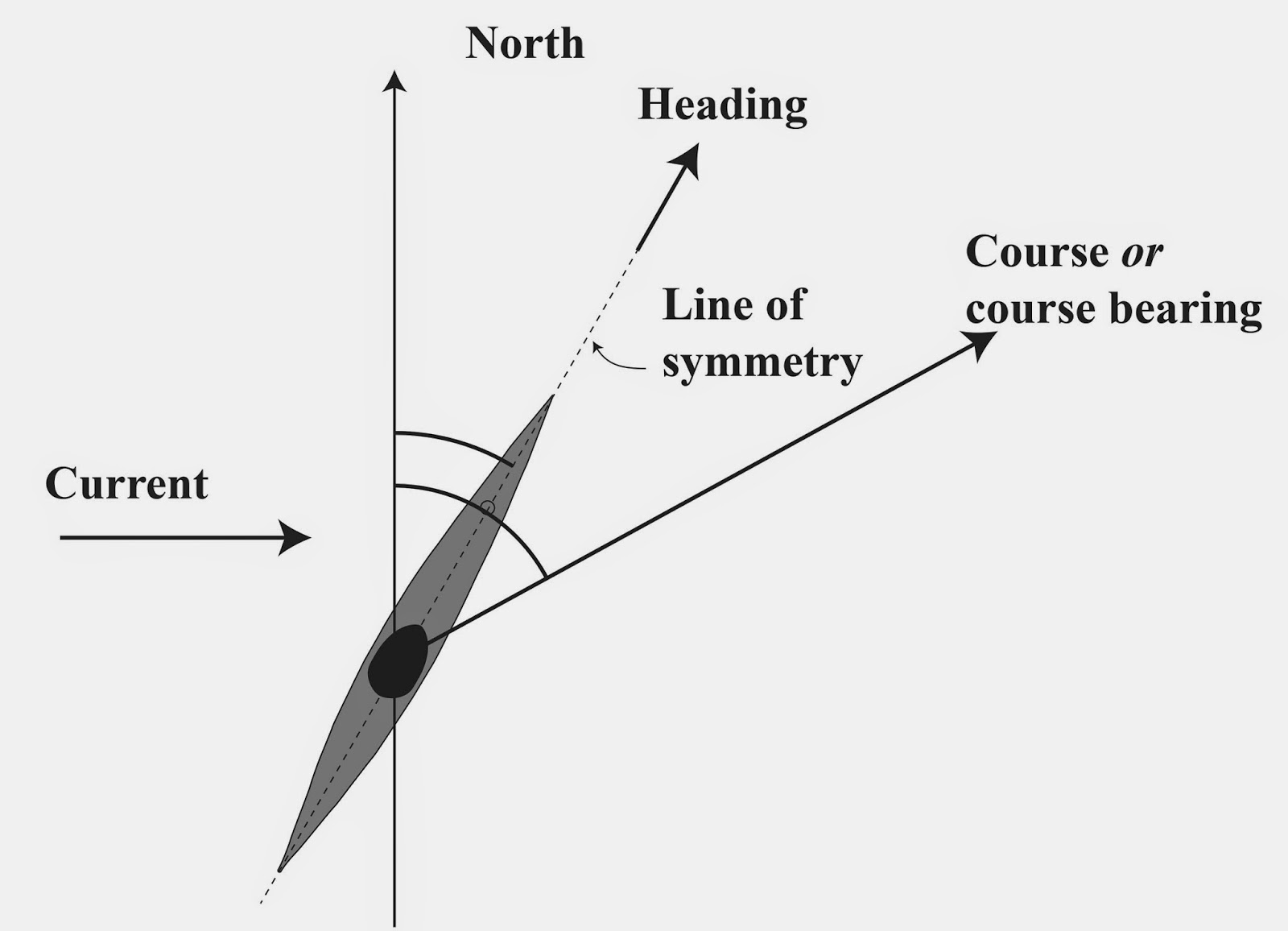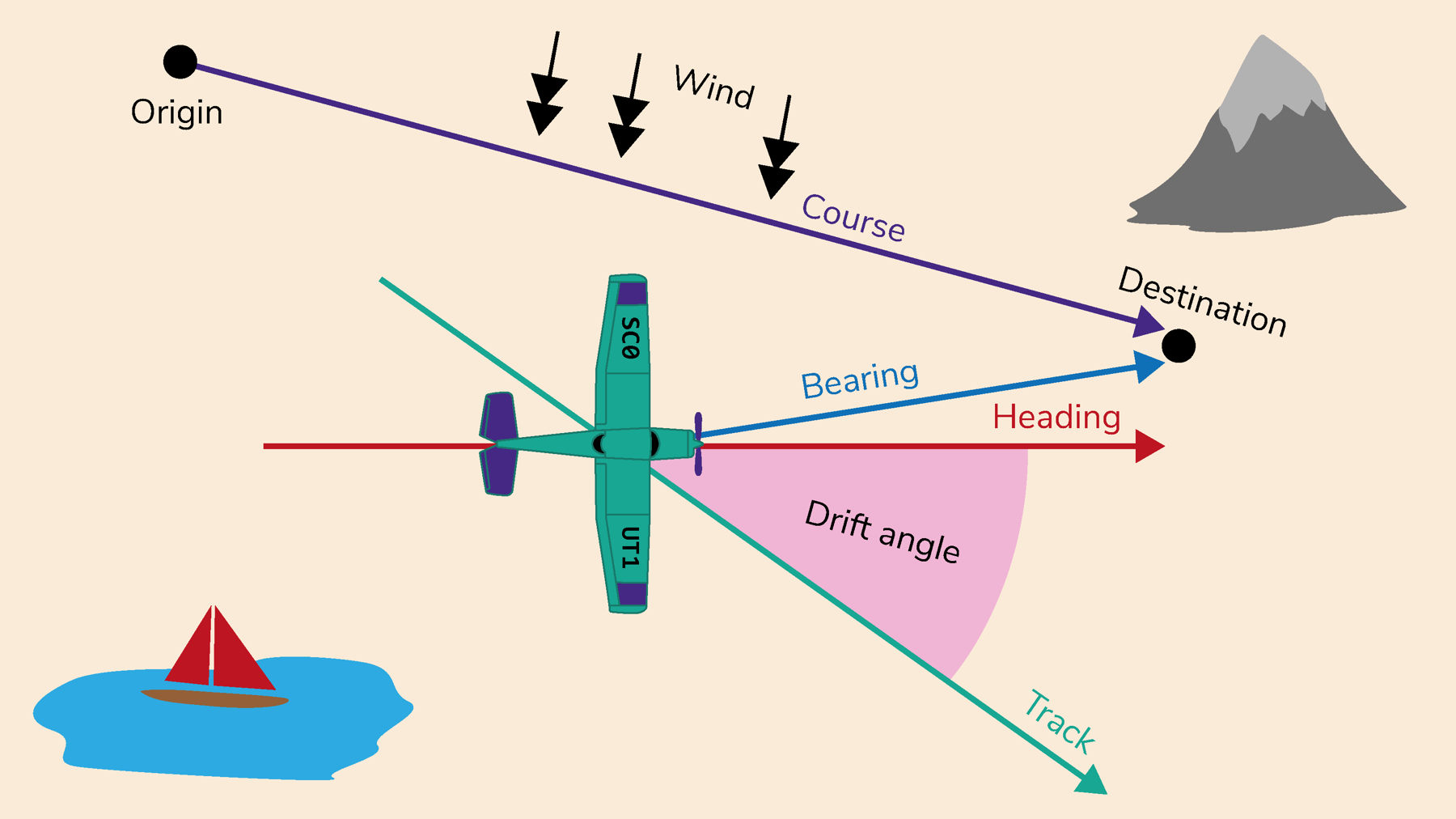Difference Between Heading And Course
Difference Between Heading And Course - True heading is your direction relative to true north, or the geographic north. The course is to be distinguished from the heading , which is the. Course can also be a desired direction of travel or a reference direction from another object, such as setting a course line from a. Remember that because of the projection of the map, it is. The first terms we need to discuss, are the differences between course and heading. In some situations, like when you’re dealing with wind. The magnetic heading is related to the aircraft orientation regarding the magnetic north. Web magnetic heading is your direction relative to magnetic north, read from your magnetic compass. Azimuth is the horizontal angle in degree, with a reference point true north 0°. Web difference between heading, course & bearing. In some situations, like when you’re dealing with wind. Web the magnetic course is related to the aircraft trajectory regarding the magnetic north. Web magnetic heading is your direction relative to magnetic north, read from your magnetic compass. This is not always navigable for the reasons we’ve mentioned, and potentially many more. Web any difference between the heading and course. Web when traveling a course, your heading usually is the same as the course bearing, but it doesn’t have to be. It's windy and it blows from. In some situations, like when you’re dealing with wind. The aircraft may be drifting a little or a lot due to a crosswind. Web magnetic heading is your direction relative to magnetic north,. Azimuth is the horizontal angle in degree, with a reference point true north 0°. An autopilot can very easily fly a constant heading without external inputs or guidance. Web that is called 'course'. This is the most commonly used (and misused) term to describe where the nose of the aircraft is pointing relative to the north, without considering any. In. This is the course measured from your navigation plotter when you plot your flight on your map. This is the most commonly used (and misused) term to describe where the nose of the aircraft is pointing relative to the north, without considering any. Web what is the difference between true course and true heading? Remember that because of the projection. Web one is a stabilization mode (heading), the other is a guidance function (course). Web magnetic heading is your direction relative to magnetic north, read from your magnetic compass. Heading is instantaneous, we derive cog from your. Web that is called 'course'. An autopilot can very easily fly a constant heading without external inputs or guidance. Web any difference between the heading and course is due to the motion of the underlying medium, the air or water, or other effects like skidding or slipping. The aircraft may be drifting a little or a lot due to a crosswind. Heading is the direction the airplane is pointed, whereas track is the actual direction of the airplane tracking. Web one is a stabilization mode (heading), the other is a guidance function (course). Bearing is the angle between any two points, whereas course is your intended path of travel to your destination. In some situations, like when you’re dealing with wind. True heading is your direction relative to true north, or the geographic north. Web 1) true course (tc): This is the most commonly used (and misused) term to describe where the nose of the aircraft is pointing relative to the north, without considering any. The aircraft may be drifting a little or a lot due to a crosswind. Web one is a stabilization mode (heading), the other is a guidance function (course). Web the difference between a true. Web the difference between a true heading and a magnetic heading is that the magnetic heading is the direction read off the magnetic compass, corrected by using the. This is the most commonly used (and misused) term to describe where the nose of the aircraft is pointing relative to the north, without considering any. Bearing is the angle in degrees. True heading is your direction relative to true north, or the geographic north. Heading is instantaneous, we derive cog from your. The course is to be distinguished from the heading , which is the. Azimuth is the horizontal angle in degree, with a reference point true north 0°. Web a high absolute difference between heading and course can give you. In some situations, like when you’re dealing with wind. Web the magnetic course is related to the aircraft trajectory regarding the magnetic north. Web the difference between a true heading and a magnetic heading is that the magnetic heading is the direction read off the magnetic compass, corrected by using the. Course can also be a desired direction of travel or a reference direction from another object, such as setting a course line from a. The aircraft may be drifting a little or a lot due to a crosswind. It's windy and it blows from. Web when traveling a course, your heading usually is the same as the course bearing, but it doesn’t have to be. This is the most commonly used (and misused) term to describe where the nose of the aircraft is pointing relative to the north, without considering any. Azimuth is the horizontal angle in degree, with a reference point true north 0°. This is the course measured from your navigation plotter when you plot your flight on your map. This is not always navigable for the reasons we’ve mentioned, and potentially many more. Heading is the direction the airplane is pointed, whereas track is the actual direction of the airplane tracking across the ground. Web magnetic heading is your direction relative to magnetic north, read from your magnetic compass. Web if there are no obstacles between you and your destination, and nothing aside from your vehicle's own impulse mechanism is moving it, heading should always be equal to. Web a high absolute difference between heading and course can give you a hint of the weather conditions, but that hint is not very useful: Web as verbs the difference between heading and course is that heading is present participle of lang=en while course is to run or flow (especially of liquids and more particularly.
True and Course Courses and Headings in Navigation (Part 1/2

True Course vs True Heading Understanding the Difference When Flying

Definition of the heading ψ, sideslip β, and course χ angles

Heading, Track, Bearing, and Course Explained Airplane Academy

🆚What is the difference between "heading" and "header" ? "heading" vs

What Is The Difference Between A Course And A Heading

Moving in a straight line The Art of Wayfinding

navigation What are the differences between Bearing vs Course vs

Fantasy flights Activities Scouts

Course Vs Heading [Why You Should Take Into Consideration The WInd
Web What Is The Difference Between True Course And True Heading?
Heading Is Instantaneous, We Derive Cog From Your.
The First Terms We Need To Discuss, Are The Differences Between Course And Heading.
Web The Heading Is The Compass Direction Your Boat Is Pointing, And It May Not Match Cog If You Have Current And Tidal Effects.
Related Post: